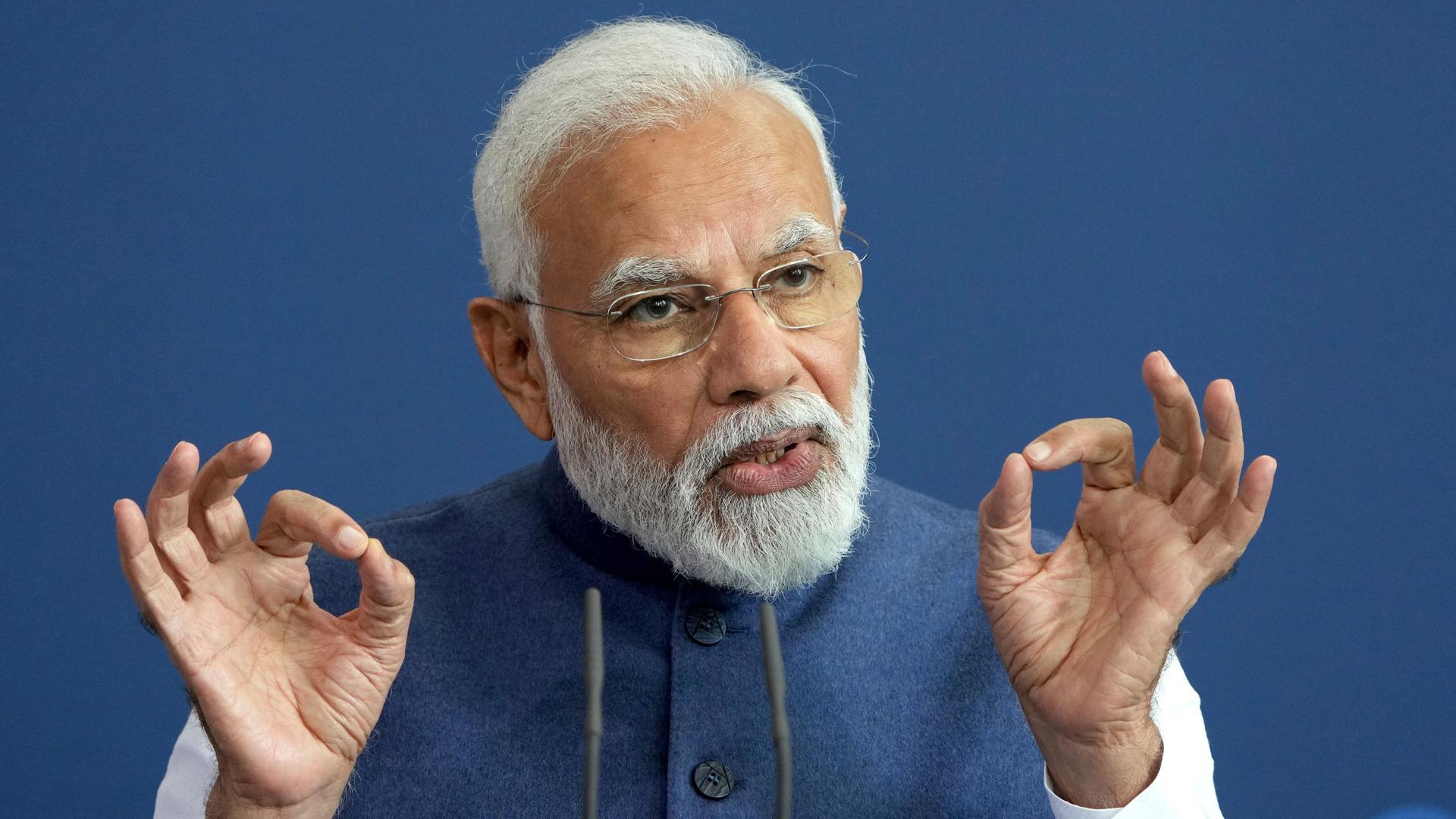This analysis was featured in Critical State, a weekly foreign policy newsletter from Inkstick Media. Subscribe here.
To describe the geopolitics of the worst since 2015 is to tell a story of misogyny as a political ideology at scale. This is no more clearly embodied than in the words and actions of former US President Donald Trump, but he was just one among a whole wave of authoritarians riding misogyny to power and then using the state to do violence against women — and anyone or anything perceived as feminine.
Last week, we took a close look at a paper examining how a far-right party advanced its misogynistic agenda through alliances with center-right parties against the perceived excesses of a liberal state. This week, we’re taking a closer look at how the specific misogynist beliefs of a given party leader can bend and build an authoritarian coalition within democracy to subvert them.
Related: Democracy, interrupted: Part I
In “The Misogyny of Authoritarians in Contemporary Democracies,” Nitasha Kaul examines the speech and policies of a swath of leaders across the globe, all of whom exemplify misogyny in rhetoric and action despite coming from a wide variety of religious and ethnic backgrounds. Kaul specifically examined Trump, India’s Prime Minister Narendra Modi, Brazil’s Jair Bolsonaro, the Philippines’ Rodrigo Duterte, and Turkey’s Recep Tayyip Erdoğan. The list alone likely conjures a sense memory of some off-putting speech or tweet, utterances that made the misogyny clear.
Related: Discourse of justice: Part I
What is equally compelling from an academic understanding of the “how” of misogyny for power are the examples of proactive policies, done in the name of women, especially girls and children. It is in this space, where misogynist leaders lean heavily on the work of the state, that we see some of the more sweeping policies done in the name of restoring an imagined past to the present.
Related: Discourse of justice: Part II
Prime Minister Modi launched the “Save the daughter, Educate the daughter” scheme in 2015 “to address the declining child sex ratio in India and ‘change mindsets regarding the girl child,'” Kaul wrote. Despite rhetorical promises of a sweeping government initiative, Kaul continues, “Four years later, data released by the government showed that its main aim was publicity: over 56 percent of the funds allocated under the scheme from 2014 to 2019 were spent on ‘media related activities.’” Therefore, for Modi, the program worked to demonstrate his government as rooted in a proactive paternalism, despite the majority of the funding going to awareness of the campaign, rather than concrete action beyond it. This curated image of Modi as a strong protector, in both domestic policy and in matters of war, allowed Modi to retain office in the February 2019 election, despite high unemployment creating a favorable climate to vote incumbents out.
Ultimately, Kaul writes, misogyny in power should be seen as its own political project, one through which right-wing authoritarians “gain political legitimacy by weaponizing misogyny in the figures of their leaders, in the projects they build, and in the policies that they execute.”
Treating misogyny as an ideology, rather than merely an attitude that fills the void of other political failures, makes the mechanisms by which it operates more obvious. Because as much as reactionary politics claims the mantle of an ideal and biologically determined past, the ideology is a modern phenomena, designed to shape and constrain the future.
Critical State is your weekly fix of foreign policy analysis from the staff at Inkstick Media. Subscribe here.
